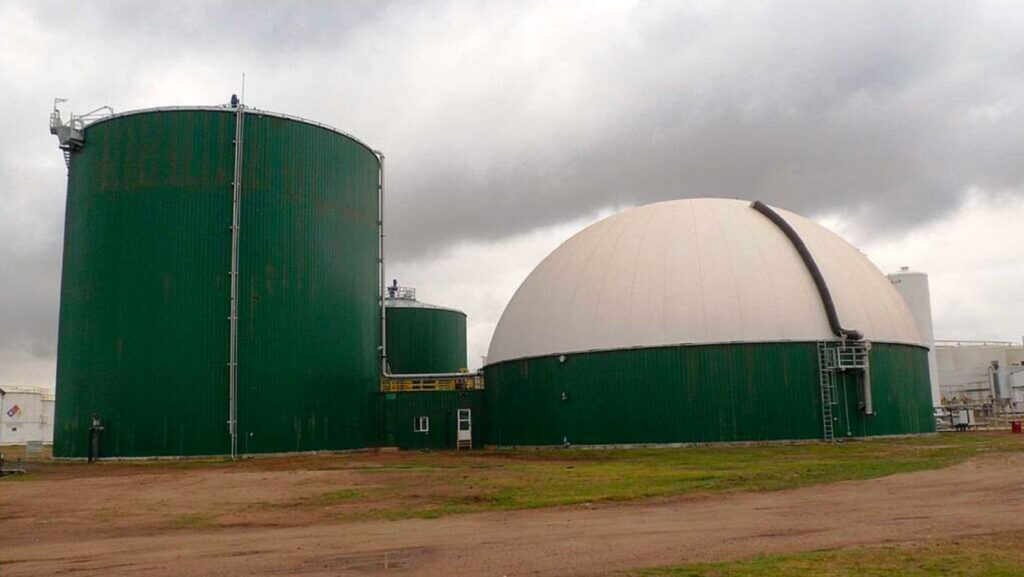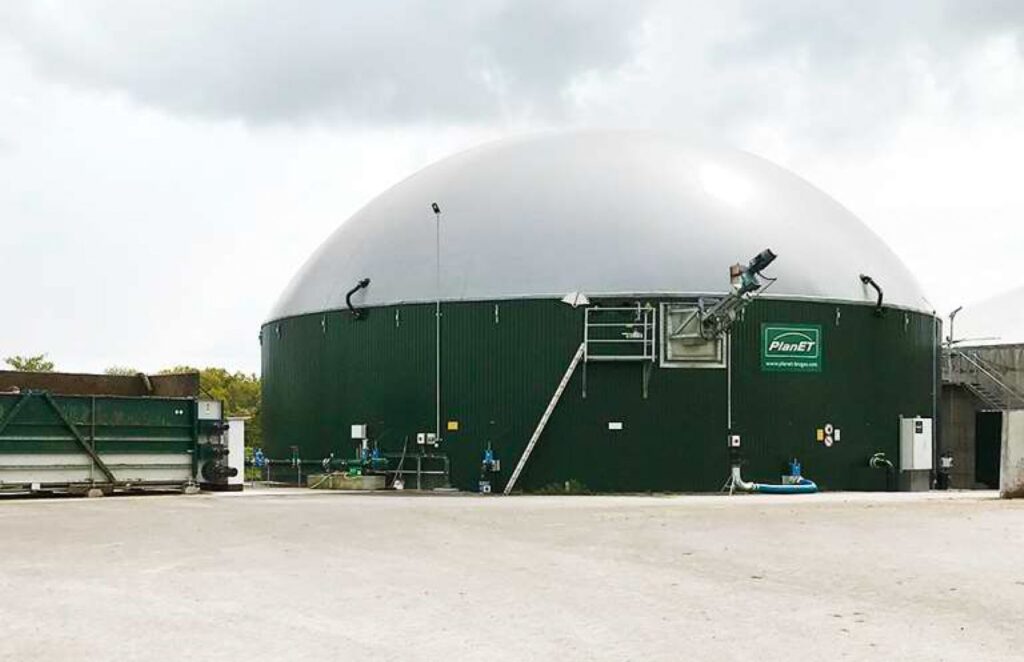
Alcohol and ethanol distilleries operate on different feedstock: grain, molasses, sugar cane juice, beet juice, cactus juice, fruits, potato and straw after steam explosion. Distilleries produce waste. Stillage, vinasse, wastewater or pulp are valuable raw materials for biogas production. The waste is disposed-off in one of the ways: discharge onto filtration fields; discharge onto city sewage; wastewater treatment; dry distillery grain production (DDGS) and biogas
Ethanol and alcohol distilleries utilize a variety of feedstocks, including grains, molasses, sugarcane juice, beet juice, cactus juice, fruits, potatoes, and straw from steam explosion processes. These distilleries generate significant amounts of waste, such as stillage, vinasse, wastewater, and pulp, all of which are valuable raw materials for biogas production.
The disposal of this waste is typically managed in several ways: it may be discharged onto filtration fields, sent to city sewage systems, treated through wastewater management processes, or processed into dry distillery grain (DDGS) or biogas.
By integrating biogas production into the distillery operations, these waste streams can be effectively utilized to generate renewable energy, reducing environmental impact and providing an additional revenue stream for the distillery.
Distiller’s Dried Grains with Solubles (DDGS) often competes with grain on the market and is sometimes sold at a loss, particularly during periods when grain prices are low and fuel prices are high, which typically happens every three years.
In contrast, a biogas plant provides its own fuel, replacing natural gas or bunker oil. By converting distillery stillage into biogas, the distillery can eliminate 70-100% of its fuel consumption. This not only helps reduce the cost of alcohol production but also provides independence from fluctuating market conditions. Biogas can be used directly in the same boilers, either mixed with natural gas or on its own, offering a sustainable and cost-effective energy solution.
Stillage can be processed in an anaerobic digester either “as is” with a dry matter content of 7-12%, or it can be evaporated to achieve a total solid content of 30%. Evaporation offers several advantages:
The main drawback of evaporation is that it requires fuel to generate the necessary heat. However, since stillage remains hot after distillation, the heat is not wasted; instead, it can be recovered and reused as steam.
From our experience, evaporation is particularly beneficial for large distilleries that generate more than 300-350 tonnes of stillage per day. For smaller distilleries, evaporation does not significantly reduce the number of anaerobic digesters needed. Whether using stillage or condensed stillage, the distillery will still require at least one digester. However, for larger distilleries, evaporation not only reduces the volume of each digester but also the total number of digesters required.

The optimal total solid content for condensed stillage is 30%. This results in a dry matter content of 9-10% in the digester, which is the maximum level that mixers can handle safely.
The most effective technology for stillage treatment is the vertical CSTR (Continuous Stirred Tank Reactor), for three main reasons:
In summary, the vertical CSTR technology is the best choice for stillage treatment, offering both efficiency and cost savings, especially for large-scale distilleries.
Biome Biogas is committed to promoting sustainable energy and infrastructure solutions, helping clients harness the power of biogas while contributing to environmental conservation.
From planning to execution, they deliver quality infrastructure solutions that adhere to the highest standards.
© 2024 All rights reserved | Powered by CDA
WhatsApp us